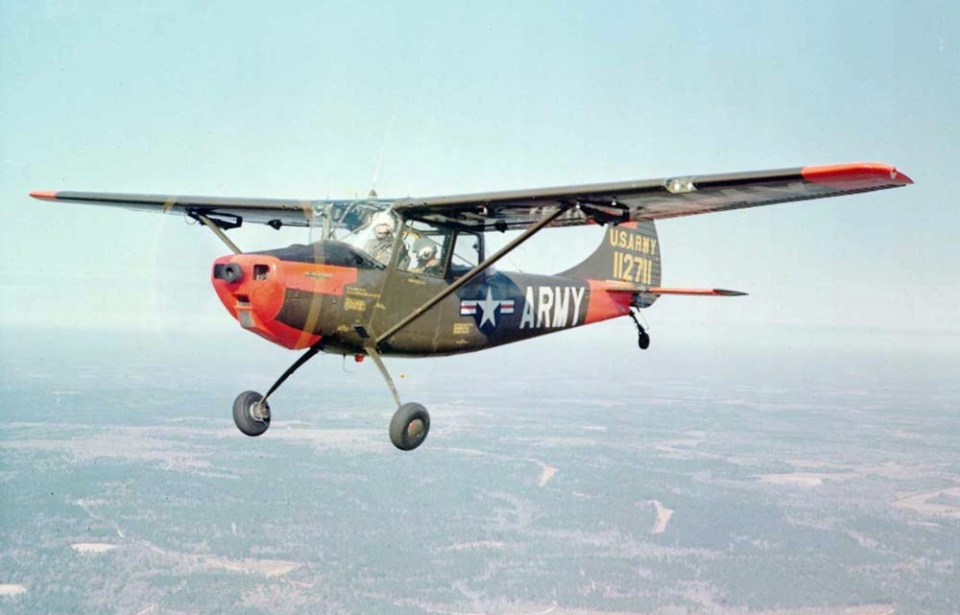Following the Second World War and the creation of the US Air Force, the US Army was in need of a new observation and liaison aircraft. This led to the development of what became known as the Cessna O-1 Bird Dog, which was flown extensively by the American forces in both Korea and Vietnam.
The US Army’s need for a new aircraft
Following the US Army Air Forces separation from the US Army in 1947, the latter was without a much-needed air support wing. This led it to conduct a search for a single-engine, two-seat monoplane that could perform a number of roles on the battlefield, such as adjusting artillery fire, light scouting, observation and liaison.
It also needed the ability to handle at low altitudes and would preferably be made from all-metal components, as the fabric-covered liaison aircraft from World War II had relatively short service lives.
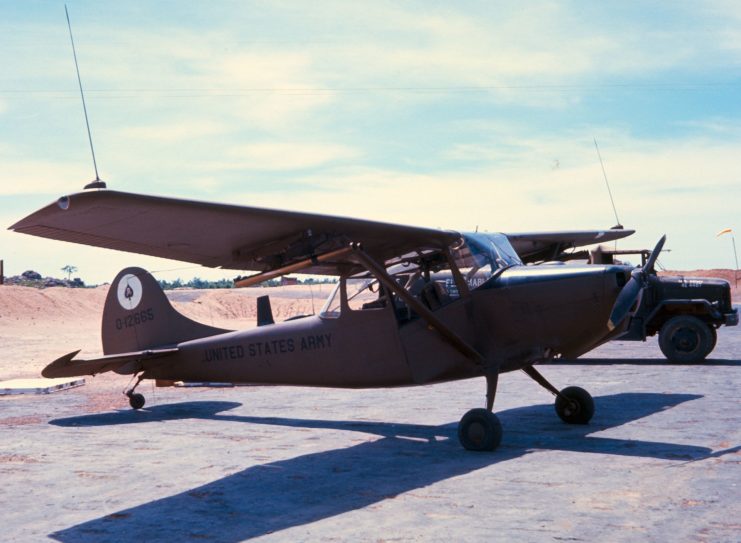
After receiving the specifications, the Cessna Aircraft Company submitted the Cessna Model 305A. Capable of a maximum speed of 150 MPH and a cruising speed of 115 MPH, and with a range of 530 miles, it was exactly what the Army was looking for. A contract was awarded for the production of the aircraft, which was given the designation of L-19A Bird Dog, and over the course of nine years, 3,431 were produced.
Service in Korea and Vietnam
As soon as it left the production line, the Cessna L-19A Bird Dog was deployed to Korea, where it flew for the US Army and Marine Corps from 1950-53. It served in a number of roles during the conflict, including training, frontline communications, artillery spotting and use as a MEDEVAC vehicle.
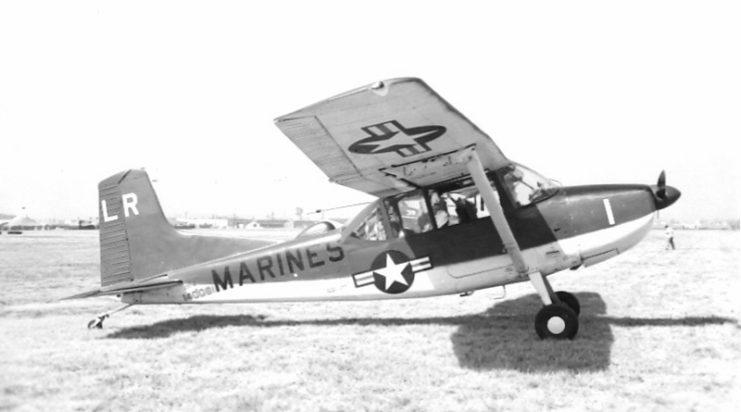
By the time it was deployed for service in Vietnam in 1962, the L-19A had been re-designated the Cessna O-1 Bird Dog. As in Korea, it was flown by the Army and the Marine Corps, and also saw use by the Republic of Vietnam Air Force (RVNAF) and clandestine forward air controllers (FACs). Its capabilities as a short takeoff and landing (STOL) aircraft and its ability to fly at low altitudes and speed also afforded it use by the US Air Force.
In general, the O-1 was used for reconnaissance, radio relay, target acquisition, convoy escort, forward air control and artillery adjustment. Its maneuverability, visibility capabilities and quiet nature made it valuable to ground units, and the addition of eight unguided white-phosphorus air-to-surface rockets under the wings allowed it to engage in offensive action, when needed.
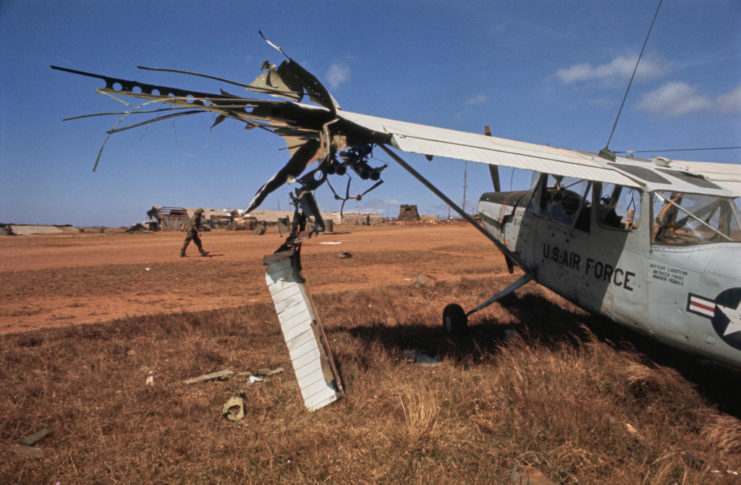
Despite its success, the O-1 had its fair share of issues. Its slow speed made it vulnerable to enemy fire and, compared to newer aircraft, it had a smaller range and payload. While these problems led the Air Force to eventually switch to the twin engine North American Rockwell OV-10 Bronco and Cessna O-2 Skymaster, the Army retained its fleet throughout the Vietnam War, with 11 Reconnaissance Airplane Companies (RACs) deployed.
The Cessna O-1 Bird Dog moves into civilian use
The Cessna O-1 Bird Dog was officially retired by the US military in 1974, with the remaining units sold as surplus. Many of the aircraft that had served with the Air Force were turned over to the Civil Air Patrol (CAP) for domestic search and rescue (SAR) operations.
Unfortunately, very few of the CAP pilots had experience as military aviators, meaning they encountered a number of issues when attempting to fly the aircraft. As a result, the O-1 was eventually replaced by the Cessna 172 and 182.
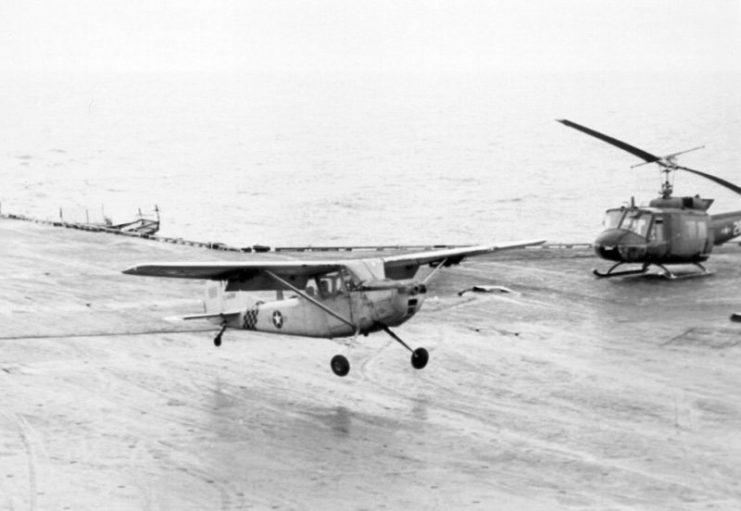
More from us: The F-117 Nighthawk Had a Relatively Short Service Life with the US Air Force
Following their service with the Civil Air Patrol, a number of O-1s were sold to private aviators or delivered to museums, where they remain on display. Others were purchased by glider clubs across the United States for use as towing aircraft.
